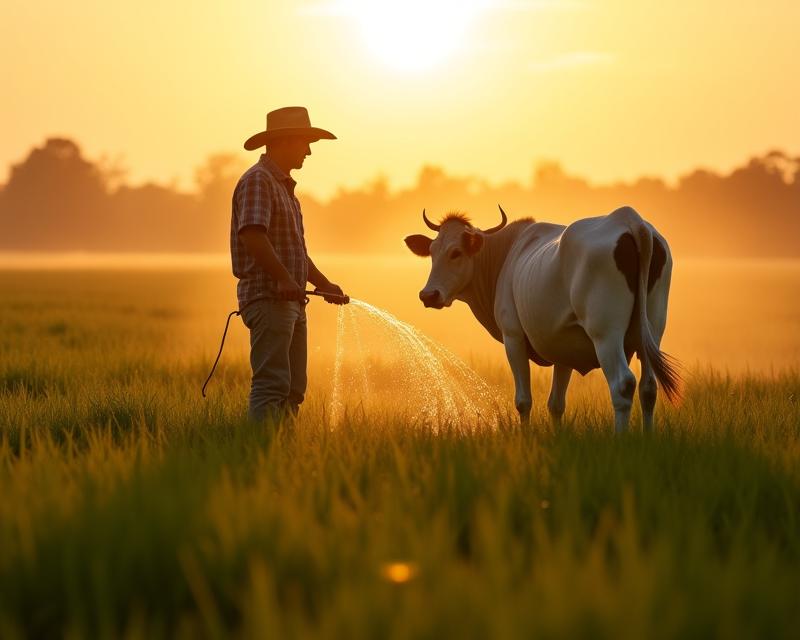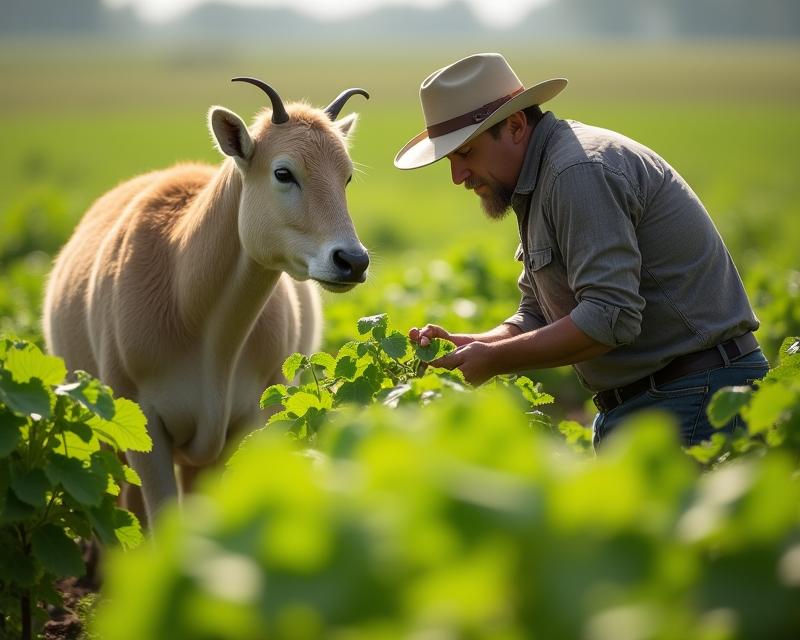Water: A Farmer's Most Precious Resource
Publish in Sustainable Farming el 06/07/2025 17:58
Water: A Farmer's Most Precious Resource
Water. It's the lifeblood of any farm, garden, or ranch. Without it, crops wither, livestock suffer, and livelihoods are threatened. But access to water isn't always guaranteed, and the way we manage this vital resource has significant social and economic implications. Understanding water rights and allocation is crucial for every farmer, gardener, and rancher to ensure a sustainable future.

Understanding Water Rights
Water rights are legal entitlements that dictate how much water you can use and for what purpose. These rights can vary greatly depending on your location. Some areas follow a 'first in time, first in right' system, meaning the person who established a water use first has priority. Others use a 'prior appropriation' system, where those who have been using water the longest have the strongest claim. Still others employ a more complex system that considers various factors like need and historical use. It's essential to know what system applies to your region and to understand your specific water rights. Contacting your local water authority or agricultural extension office is a great first step.
Water Allocation: Sharing the Supply
Even with water rights, water allocation can be a challenge, especially during droughts. Allocation refers to how water is distributed among different users – farmers, municipalities, industries, and environmental needs. During dry periods, difficult decisions must be made about who gets how much water. This can lead to conflicts and tensions within communities. Farmers often face pressure to conserve water, which can impact yields and profitability. Understanding the allocation process in your area can help you plan for potential water shortages and advocate for your needs.
Sustainable Water Management Practices
Beyond understanding water rights and allocation, adopting sustainable water management practices is key. This includes things like efficient irrigation techniques (drip irrigation is a fantastic option!), rainwater harvesting, soil health improvement (healthy soil holds more water), and drought-resistant crop selection. Investing in water-saving technologies and practices can not only reduce your water footprint but also improve your farm's long-term resilience. Consider exploring options like cover cropping to reduce water evaporation and improve soil structure. By embracing these practices, you can ensure a reliable water supply for generations to come.
The Economic Impact
Water scarcity has a direct impact on farm economics. Reduced yields, increased irrigation costs, and potential restrictions on water use can all significantly affect profitability. Furthermore, water conflicts can create uncertainty and discourage investment in agriculture. By proactively managing water resources and advocating for fair and sustainable water policies, farmers can protect their livelihoods and contribute to the economic health of their communities. Staying informed about water-related policies and participating in local water management discussions is a vital step in safeguarding your farm's future.





